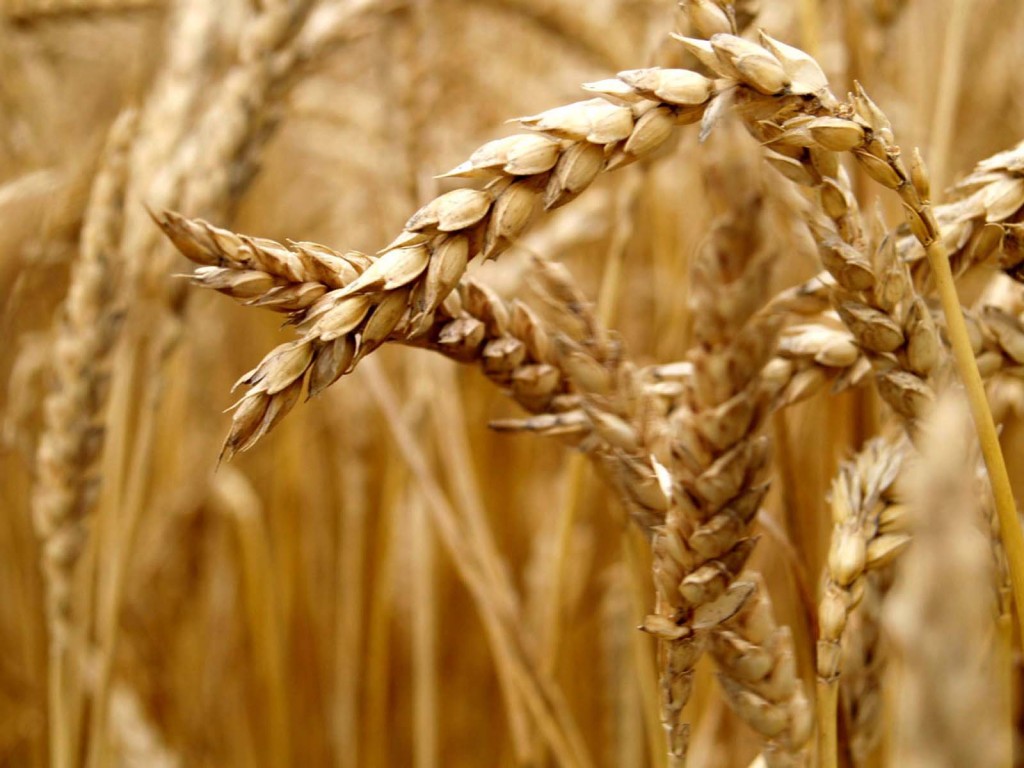 We are constantly reminded of the delicate balance between Irish agriculture and the weather. Examples extend from this summer’s drought, right back to when weather conditions helped spread potato blight which lead to the Great Famine. In appreciation of this meteorological dependency, Met Éireann established a dedicated Agricultural Meteorology Unit in 1965. This Unit is still active today. Through collaborations with the AGMET (Agricultural Meteorology) Group, Irish academia and organisations at home and abroad, agrometeorology in Ireland has evolved from these early days.
We are constantly reminded of the delicate balance between Irish agriculture and the weather. Examples extend from this summer’s drought, right back to when weather conditions helped spread potato blight which lead to the Great Famine. In appreciation of this meteorological dependency, Met Éireann established a dedicated Agricultural Meteorology Unit in 1965. This Unit is still active today. Through collaborations with the AGMET (Agricultural Meteorology) Group, Irish academia and organisations at home and abroad, agrometeorology in Ireland has evolved from these early days.
A paper on the history of Agricultural Meteorology in Ireland, from the perspective of Met Éireann, has recently been published in the Journal of Biological Rhythm Research. This paper describes the establishment of a dedicated weather unit to assist Ireland’s agricultural community. It tells of some of the people and organisations involved in its development and it takes a look at a snapshot of the Unit’s activities today.
Abstract
Ireland has a temperate climate influenced by the Atlantic Gulf Stream. This, combined with fertile soils and adequate rainfall, provides an environment ideally suited for grass. Grass is an inexpensive, nutritious feed for livestock, giving Ireland a competitive advantage in this sector. Tillage farming is also an important sector for Ireland, and evidence of the Great Irish Famine of the mid-eighteen hundreds is still visible in the landscape. In this paper, we examine aspects of meteorological involvement in Irish agriculture, from the perspective of the Irish Meteorological Service. We examine the rise of agrometeorology in Ireland and take a look at the development of related services, including potato blight warnings. Two influential characters of Irish agrometeorological history, Austin Bourke and Tom Keane, are examined, as well as organisations such as the AGMET Group. The paper concludes with a brief snapshot of current Irish agrometeorological activities along with future ambitions.
* Abstract taken from Biological Rhythm Research. The full version of this paper is available by contacting a member of the AGMET group.